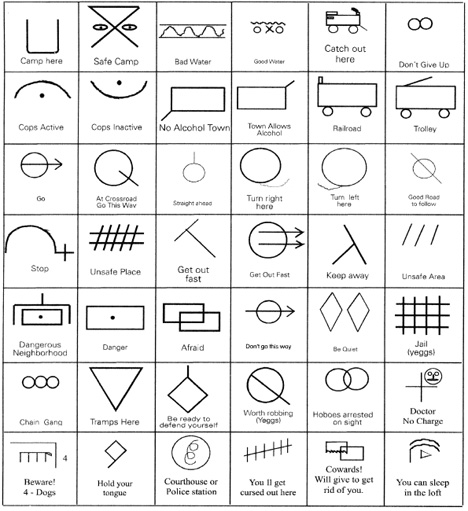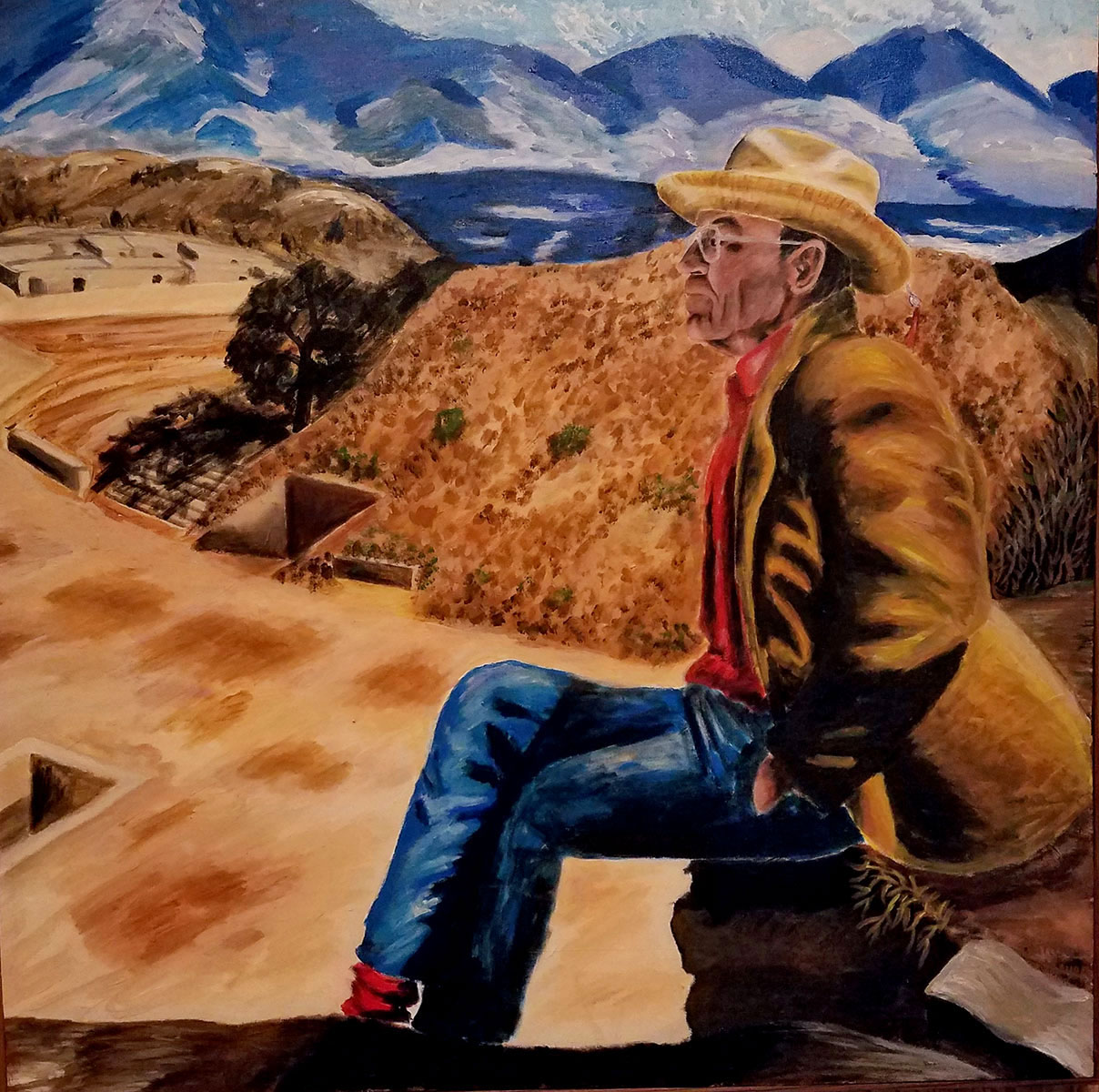“A hobo wanders and works, a tramp wanders and dreams and a bum neither wanders nor works.” -Anonymous.
 “Hobo at the Breakfast Table” by Randy Meyer
“Hobo at the Breakfast Table” by Randy Meyer
Randy recently picked up the paint brush, after a long hiatus, to capture a memory from his childhood:
It was a cold, snowy day in the early 1960s and this gentleman wandered up to the farmyard asking for work in exchange for food and lodging. He seemed somewhat prepared for the weather being dressed in a long, heavy, hooded coat that had seen better days along with big boots that were held together by wrappings of a sort. Randy’s parents could not afford to hire extra help, but they generously invited the man into their house to eat breakfast. Imagine four little children peeking into the small kitchen with wide eyes watching this disheveled older gentleman with a monstrous beard and tremendous appetite devour copious amounts of eggs, bacon, potatoes, toast and whatever else was available that morning. After satisfying his hunger, they wished him well as he made his way to the next farm site.
Who was this man… Hobo? Tramp? Bum?
Since the railroad was still running a train route to the towns of Gary, South Dakota and Marietta, Minnesota it is possible that he hitched a ride on the rail and walked farm to farm in search of food, board or money. This would define him as a hobo.
True hobos fully embraced a strong work ethic, bouncing from place to place, looking for short-term jobs to earn their keep, while bums and tramps wanted to bum everything—money, food, or cigarettes.
The very first American hobos were cast-offs from the American Civil War of the 1860s as young men rode the rails to find their fortunes, usually finding menial work or farm labor. The name hobo is believed to be a shortened form of “hoe boy.” The Great Depression and the Dust Bowl in the 1930s forced millions of Americans to become migrant laborers riding the rails in search of work.
My mother was born in 1920 and talked about hobos coming to her family’s farm when she was a child. Since threshing and haying were labor intensive processes there were opportunities to be had and her parents or grandparents would occasionally hire a hobo to help, allowing him to sleep in the barn. There were hobo markings along the railroad stop in nearby Smiths Mill, Minnesota that would communicate places in the area to work, sleep, etc. which led the hobos to their farm. These markings were a pictographic Hobo Code understood among the hobo community. Since hobos weren’t typically welcomed (and were often illiterate), messages were left that were easy for hobos to read but looked like random markings to everyone else which maintained an element of secrecy. 



Whatever happened to the strange breakfast guest depicted in this painting? We’ll never know, but Randy can still see his crazy eyes.
HoboGlyphs: Secret Transient Symbols & Modern Nomad Codes by Delana
Don’t Call Them Bums: The Unsung History of America’s Hard- Working Hoboes by Lisa Hix




 “Hobo at the Breakfast Table” by Randy Meyer
“Hobo at the Breakfast Table” by Randy Meyer












